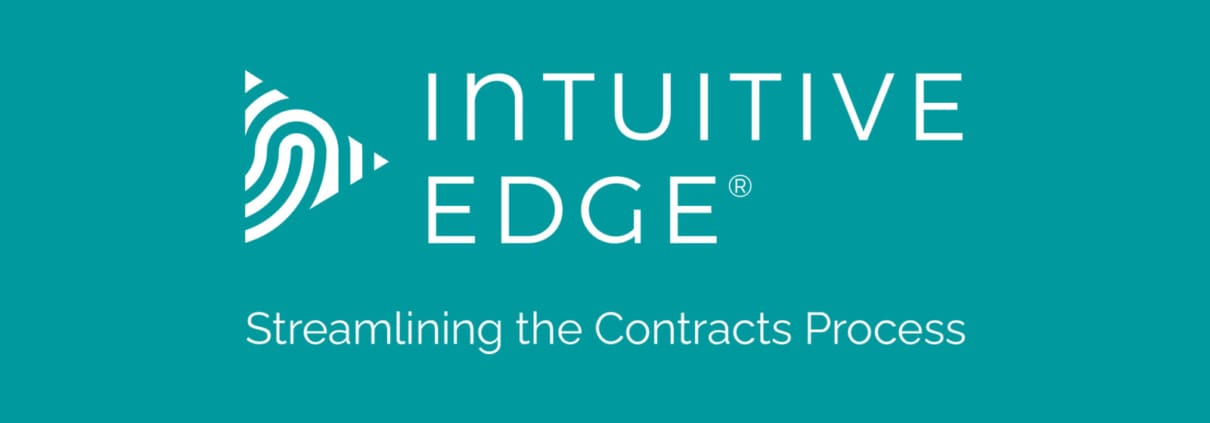The Importance of Execution in M&A: Why Fancy Presentations Can’t Replace Action

In the world of mergers and acquisitions (M&A), much of the attention is often placed on strategy and planning. Deals are typically kicked off with impressive presentations that outline the vision, synergies, and projected ROI. Slides are meticulously designed, full of high-level insights and strategic goals, while the executive team leaves the room buzzing with optimism. But, as any seasoned M&A professional knows, real success doesn’t stem from what’s on the slides; it’s rooted in execution. Without precise, diligent follow-through, even the most promising deal can falter.
Let’s explore why execution—not just planning—is essential in M&A, and why impressive presentations can only take you so far.
1. Execution Transforms Strategy into Results
Presentations and strategy decks are vital tools in M&A, offering a clear outline of the goals and the strategic benefits of the deal. However, they’re only the starting point. Execution is the process that translates those high-level visions into actionable steps that bring tangible results. Without flawless execution, even the most compelling strategy remains just an idea. It’s the difference between a theoretical roadmap and actually getting the deal across the finish line.
Executing an M&A integration plan requires hands-on effort. It involves tackling operational challenges, bridging gaps between different company cultures, ensuring data and system compatibility, and making quick adjustments as new obstacles arise. Execution is where value creation truly happens.
2. Presentations Are Temporary; Execution is Lasting
Presentations may impress in the boardroom, but once the slides are closed, the work truly begins. An M&A deal is like a marathon, and the presentation is simply the starting gun. To get to the finish line requires sustained effort, constant adjustment, and a relentless focus on the details that make or break the deal’s success.
Execution is about continuity. It’s about having a team that can translate the plan into the hundreds of small but critical actions needed to bring the deal to life. Without proper follow-through, the initial excitement fades, leaving the business to deal with integration issues, inefficiencies, and, often, disappointed shareholders.
3. Execution Means Addressing Real-World Problems
Strategic presentations tend to focus on the “what” and the “why” of the deal, showcasing the potential synergies and projected benefits. But execution tackles the “how.” In the real world, integration is rarely as smooth as a PowerPoint presentation suggests. Execution means getting into the nitty-gritty, addressing unexpected challenges, and adapting on the fly to ensure things run smoothly.
For example, take a merger between two firms with different IT infrastructures. The presentation might show a seamless data migration plan, but the reality often involves unexpected technical incompatibilities, data discrepancies, and cybersecurity concerns. Only a dedicated team with an execution-focused approach can tackle these real-world problems effectively.
4. Execution Builds Trust Among Employees and Stakeholders
In any M&A scenario, employees and stakeholders often feel uncertain or even skeptical about the deal. They’ve seen promising presentations before, and many have experienced deals that didn’t live up to their potential. Execution, on the other hand, builds trust.
When stakeholders see that the team is delivering on its promises, moving forward with concrete actions, and achieving early wins, their confidence grows. Employees are more likely to buy into the integration process if they see effective leadership, practical steps toward a shared culture, and a commitment to the company’s success. Execution proves that the deal isn’t just about slides and projections; it’s about creating a sustainable, successful future.
5. Execution Uncovers Opportunities for Innovation
One often overlooked benefit of an execution-focused approach is the opportunity it creates for innovation. During integration, teams encounter challenges and obstacles that can inspire creative solutions. Execution gives leaders and teams the space to discover new ways to approach problems, optimize processes, and even innovate new products or services.
For example, during the integration process, teams might identify inefficiencies in workflows or gaps in product offerings. These insights are unlikely to emerge from a presentation alone; they’re discovered through hands-on work. Execution allows companies to harness these opportunities and turn them into real, value-added initiatives.
6. Execution Holds the Key to Real Value Creation
Ultimately, M&A deals are about creating value—whether through cost efficiencies, revenue growth, or strategic expansion. But value creation doesn’t happen on slides; it happens in the day-to-day actions of the integration process. Execution is what drives synergy realization, uncovers hidden value, and sets the stage for long-term success.
In many cases, the initial vision presented in strategy decks evolves during the integration phase. Execution allows companies to refine and adjust their approach based on what actually works. It’s a flexible process, not a rigid set of directives, and that flexibility is essential for maximizing the deal’s potential.
The Danger of Over-Emphasizing Presentations
In many organizations, there’s an emphasis on developing elaborate presentations and reports. But over-emphasizing this planning stage can lead to “analysis paralysis” and a tendency to over-forecast without taking the necessary steps to execute effectively. While presentations are valuable, they shouldn’t overshadow the need for a capable team that can bring the strategy to life.
Investing too heavily in presentations can also create a false sense of security. Teams may feel like they’re progressing simply because the strategy looks good on paper. But as every successful dealmaker knows, what counts is the ability to translate that strategy into action.
In2edge: Making Execution the Priority
At In2edge, we recognize the critical importance of execution in M&A. We pride ourselves on being more than just strategists; we’re implementers. While we understand the value of a strong strategic vision, we know that execution is where success is truly determined. Our team is dedicated to working alongside clients to deliver concrete, sustainable outcomes that drive real value.
In short, successful M&A requires more than fancy presentations. It requires action, accountability, and a relentless focus on results. Execution is the engine that drives the deal’s success, and it’s what turns a great vision into a lasting reality.






Leave a Reply
Want to join the discussion?Feel free to contribute!